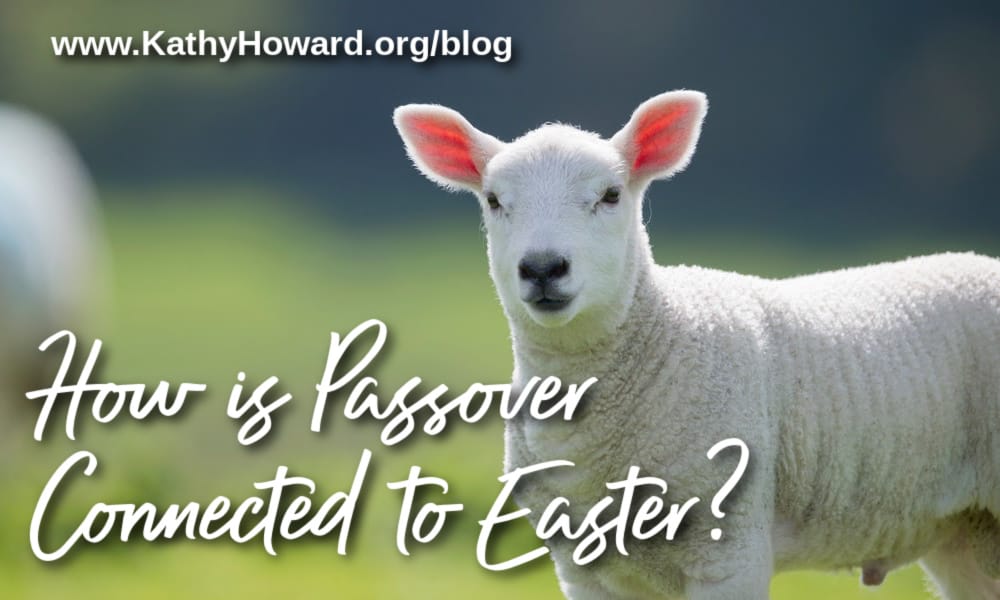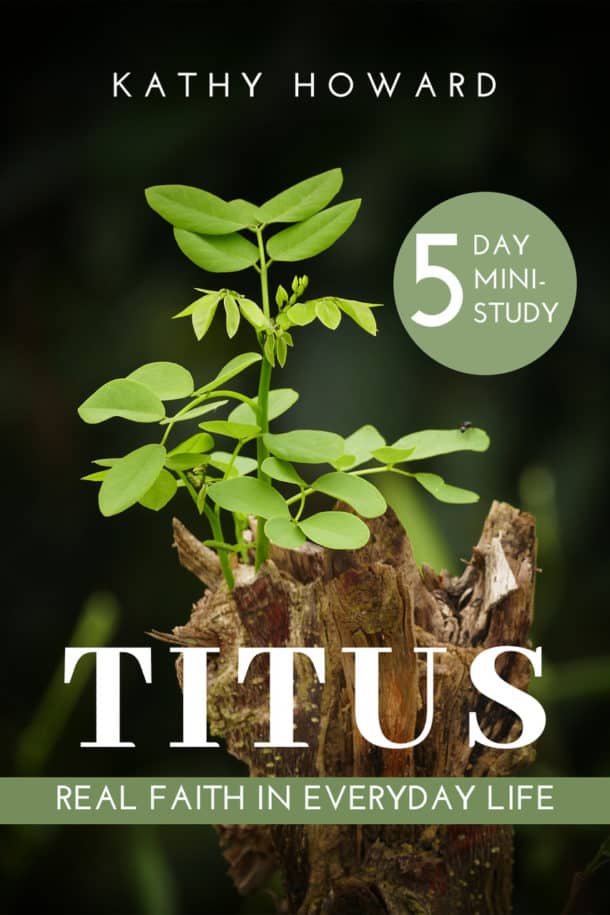
Years ago, some Jewish friends invited us to join them for Seder, the ceremonial meal that begins the Passover festival. Passover commemorates God’s deliverance of His people from slavery in Egypt. This is the meal Jesus ate with His disciples in the upper room on the night He was betrayed. Christians call this event “the last supper.”
Before the meal, we dipped parsley in salt water and bitter herbs. The bitter herbs remind Seder participants of the harshness of the Jews’ life in Egypt. The salt water reflects the tears they shed and the waters of the Red Sea. The parsley represents the hyssop used to brush the blood of the sacrificial lamb on the door posts of the homes of God’s people. Then, when God brought His final plague on Egypt – the death of every firstborn male – He would pass over every home marked by blood.
Jesus is the Lamb of God
My husband and I clearly saw Christ evident in every aspect of the Seder, not just in the lamb itself. Every symbol, every word, every element pointed to Him and His sacrifice. One thing in particular caught my interest. Three pieces of matzah – unleavened bread – are included to symbolize the haste of the Jews departure from Egypt. At the beginning of the meal, the middle of the three matzahs is broken in half. The larger half, called the afikomen, is wrapped in a cloth and hidden away. At the end of the meal, the afikomen is brought out or found by the children, broken into smaller pieces and distributed to the Seder participants who then eat it together.
The whole evening was both beautiful and sobering. We were awed by God’s clear portrait of Christ and His salvation in a ceremony instituted by God more than a millennium before His sacrificial death. But we were saddened that our friends missed it. They didn’t see the “Lamb of God, who takes away the sin of the world” (John 1:29) on their table. They missed the burial and resurrection of Jesus in the afikomen. (See also “How Jesus Fulfills the Passover.”)
The Passover Pointed Ahead to Jesus
However, Jesus clearly connected the elements of the Passover Seder to His imminent suffering and death. Jesus broke the matzah, the bread that symbolized His broken body. He shared the cup of wine – His blood spilled out for many. Jesus had fulfilled the Old Covenant. Now, His death established the New Covenant between God and His people.
The Passover Seder not only looked back to God’s physical deliverance of His people, it also pointed forward to His ultimate spiritual deliverance. On the night of His arrest, Jesus graciously instituted the Lord’s Supper to help us look back on His sacrificial death, as well as forward to His return. (See also “Look for Jesus in the Old Testament.”)
…and when he had given thanks, he broke it, and said, “This is my body, which is for you. Do this in remembrance of me.” In the same way also he took the cup, after supper, saying, “This cup is the new covenant in my blood. Do this, as often as you drink it, in remembrance of me.” For as often as you eat this bread and drink the cup, you proclaim the Lord’s death until he comes. 1 Corinthians 11:24-26, ESV
The slain lamb of the first Passover in Egypt was a substitute sacrifice. The life of the lamb instead of the life of the firstborn. A life for a life; a sacrifice for sin. But the animal sacrifice was merely a temporary place holder. The blood of animals is not sufficient to forever provide forgiveness of sins (Hebrews 10:4). But Jesus – the sinless Son of God – is our perfect, eternal Passover lamb (1 Corinthians 5:7). We were ransomed from slavery to sin with “the precious blood of Christ, a lamb without blemish or defect” (1 Peter 1:19, NIV). One sacrifice for all time. And Jesus is coming again to claim His own!
How often do you reflect on Jesus’ sacrifice for you? How often do you anticipate His return?
Note: This post was adapted from Kathy’s meaty devotional book “Deep Rooted: Growing through the Book of Mark.” Find out more about this volume of the Deep Rooted devotional series or see it now on Amazon.


Wonderful post, Kathy. I love seeing the connections from Old to New Testament. Jesus is the fulfillment and so many places contain foreshadows of His mercy and grace to us. And thank you for allowing me to share this post as a link on my site 🙂
Hi Kathy my goodness this is my first connection when the blood of the sacrificial lamb was just a substitute for Jesus who was the He was to be the sacrifice next lamb to be slaughtered but the blood was exactly. I knew when I saw this I had to know what it meant. I could feel the blood of the Lamb (Jesus Christ) NOW IT ALL MADE since to me Oh my goodness why didn’t I see the connection. Thank you for sharing this Kathy
Hi Debra, so glad you found the post. Isn’t it amazing when God connects the dots for us like that!